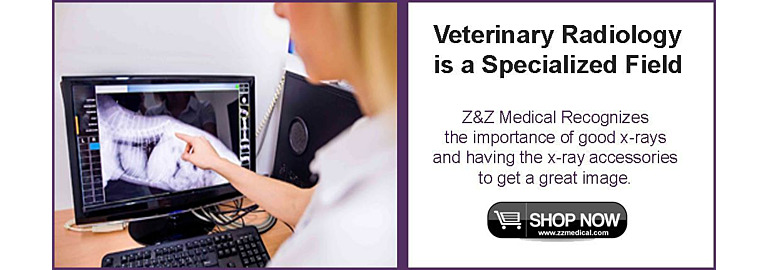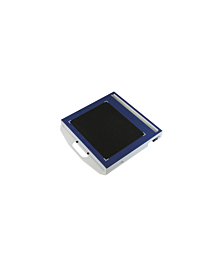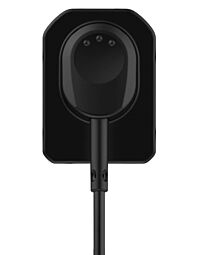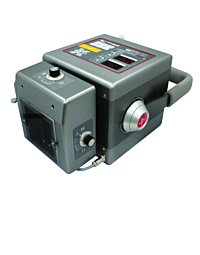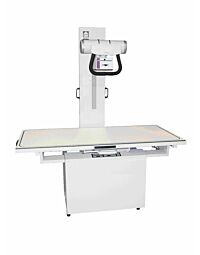Skills needed in Vet Radiology
Veterinary radiology is a specialized field within veterinary medicine that involves the use of imaging technology to diagnose and treat a wide range of conditions in animals. Radiologists who specialize in veterinary medicine use X-rays, ultrasonography, computed tomography (CT), and magnetic resonance imaging (MRI) to create detailed images of the inside of an animal's body. These images can then be used to detect and diagnose a variety of conditions, from broken bones to tumors.
To become a veterinary radiologist, there are several skills that are required. These include:
- Strong understanding of anatomy: In order to interpret images correctly, radiologists must have a solid understanding of animal anatomy. This includes knowledge of the bones, muscles, organs, and other structures that make up the animal's body.
- Proficient in imaging technology: Radiologists must be proficient in operating imaging equipment such as X-ray machines, ultrasound machines, and MRI scanners. They must also be able to understand the technical aspects of these machines and troubleshoot any problems that may arise.
- Attention to detail: Radiologists must be able to carefully examine images and detect subtle changes or abnormalities that may indicate a problem. They must also be able to communicate their findings clearly to other members of the veterinary team.
- Strong communication skills: Radiologists must be able to communicate effectively with both animals and their owners. They must be able to explain the imaging process and the results to the owners in a way that is easy to understand.
- Flexibility: Radiologists must be able to work with a wide range of animals, from small pets to large farm animals. They must also be able to adapt to different imaging techniques and equipment depending on the situation.
- Understanding of radiation safety: Radiologists must have a good understanding of the safety precautions that need to be taken when working with radiation. They must also be able to explain the risks of radiation exposure to the animals and the people who work with them.
In addition to these skills, veterinary radiologists must also have a strong educational background and must be licensed to practice in their respective state. They must also be willing to continue their education and stay up to date with the latest advances in imaging technology and techniques.
Overall, veterinary radiology is a challenging and rewarding field that requires a combination of technical skills, knowledge of anatomy, and strong communication and problem-solving skills. It is an important aspect of veterinary medicine, helping to diagnose and treat a wide range of conditions in animals. Z&Z Medical supports Veterinarians and offers a wide variety of Veterinary imaging supplies, veterinary x-ray equipment, and accessories to get the best Radiology X-Ray Image. Visit the Veterinary Section of our website to learn more.

